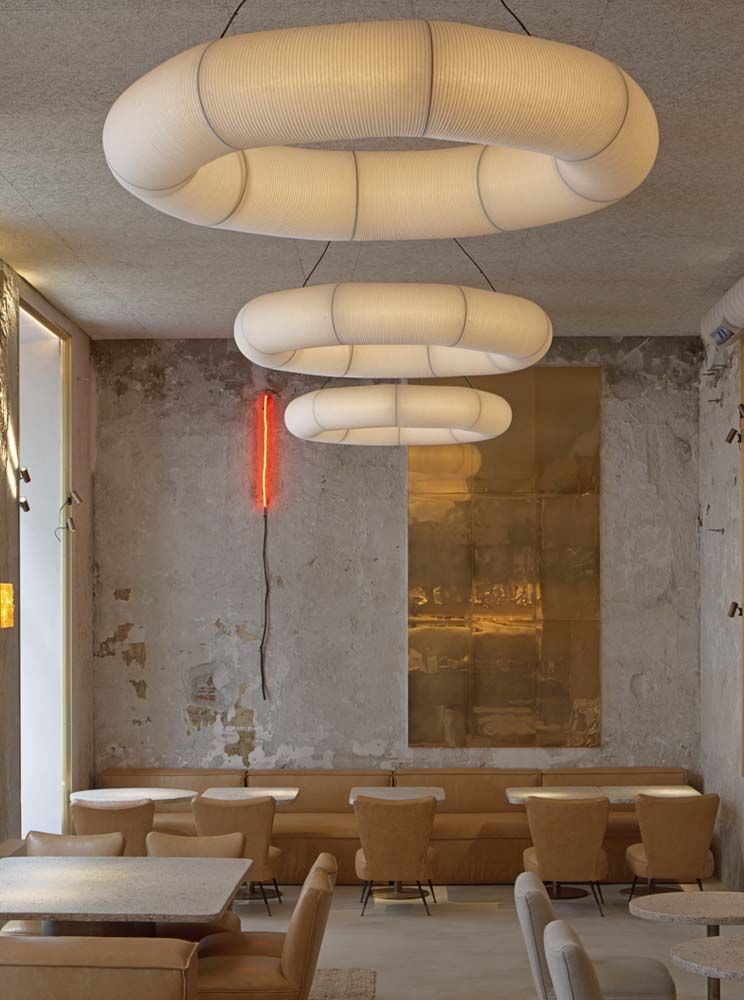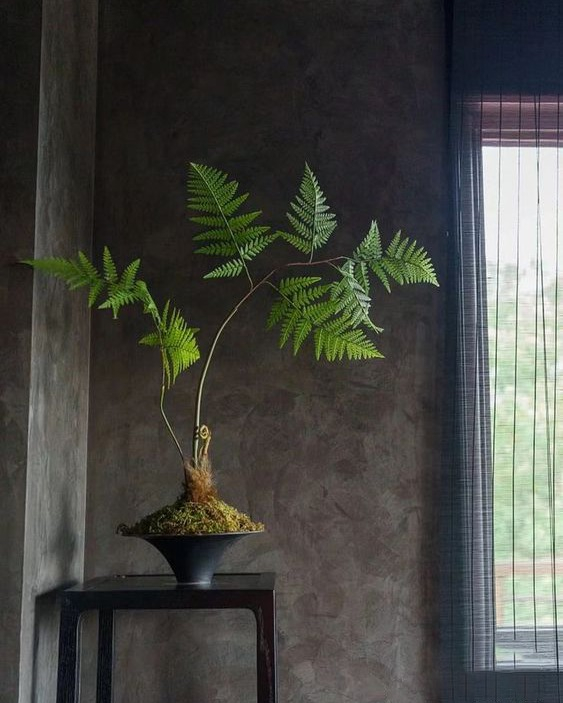
Indoor lighting design plays a crucial role in creating a comfortable and functional living or working space. Properly designed indoor lighting can enhance the aesthetic appeal of a room by highlighting architectural features, artwork, and furniture. It can also create different moods and ambiances depending on the type of lighting fixtures used. When designing indoor lighting, factors such as the purpose of the room, the natural light available, and the activities taking place in the space should be considered. Various lighting options such as ambient, task, and accent lighting can be used in combination to provide the optimal illumination for a room. Additionally, modern advancements in lighting technology such as LED lights and smart lighting systems allow for energy-efficient and customizable lighting solutions. Overall, a well-thought-out indoor lighting design can greatly enhance the overall atmosphere and functionality of a space.
Indoor lighting design plays a crucial role in shaping the atmosphere of a space. The right lighting can enhance the functionality and aesthetics of a room, making it both visually appealing and comfortable to inhabit. Properly designed lighting can also help improve productivity and mood, as well as create a sense of warmth and intimacy. By strategically placing different light sources throughout a room, designers can highlight architectural features, artwork, and other decorative elements, creating a cohesive and harmonious environment.
One important aspect of indoor lighting design is understanding the different types of lighting available and how they can be used to achieve specific effects. Ambient lighting provides overall illumination and sets the tone for a room, while task lighting is focused on specific areas where activities such as reading or cooking take place. Accent lighting, on the other hand, is used to highlight specific objects or architectural elements, adding depth and visual interest to a space. By combining these different types of lighting, designers can create a layered and dynamic lighting scheme that suits the needs and preferences of the occupants.
Another key consideration in indoor lighting design is energy efficiency. Choosing energy-efficient light sources such as LEDs can not only help reduce electricity bills but also minimize environmental impact. Additionally, incorporating control systems such as dimmers and timers can further optimize energy usage and enhance the flexibility of the lighting design. By carefully selecting the right fixtures, bulbs, and controls, designers can create a sustainable and cost-effective lighting solution that meets the aesthetic and functional requirements of the space.
 Decoration Ideas
Decoration Ideas









